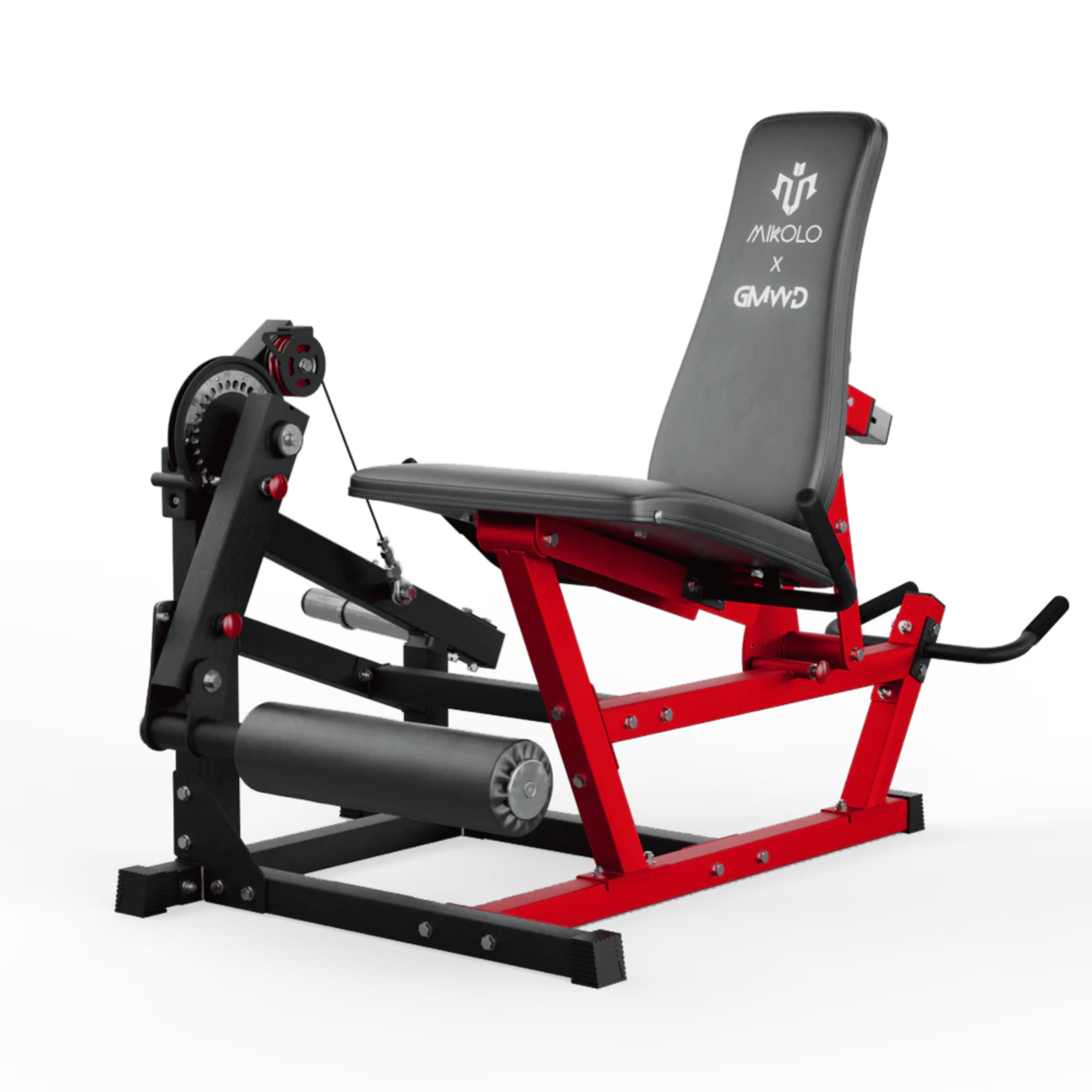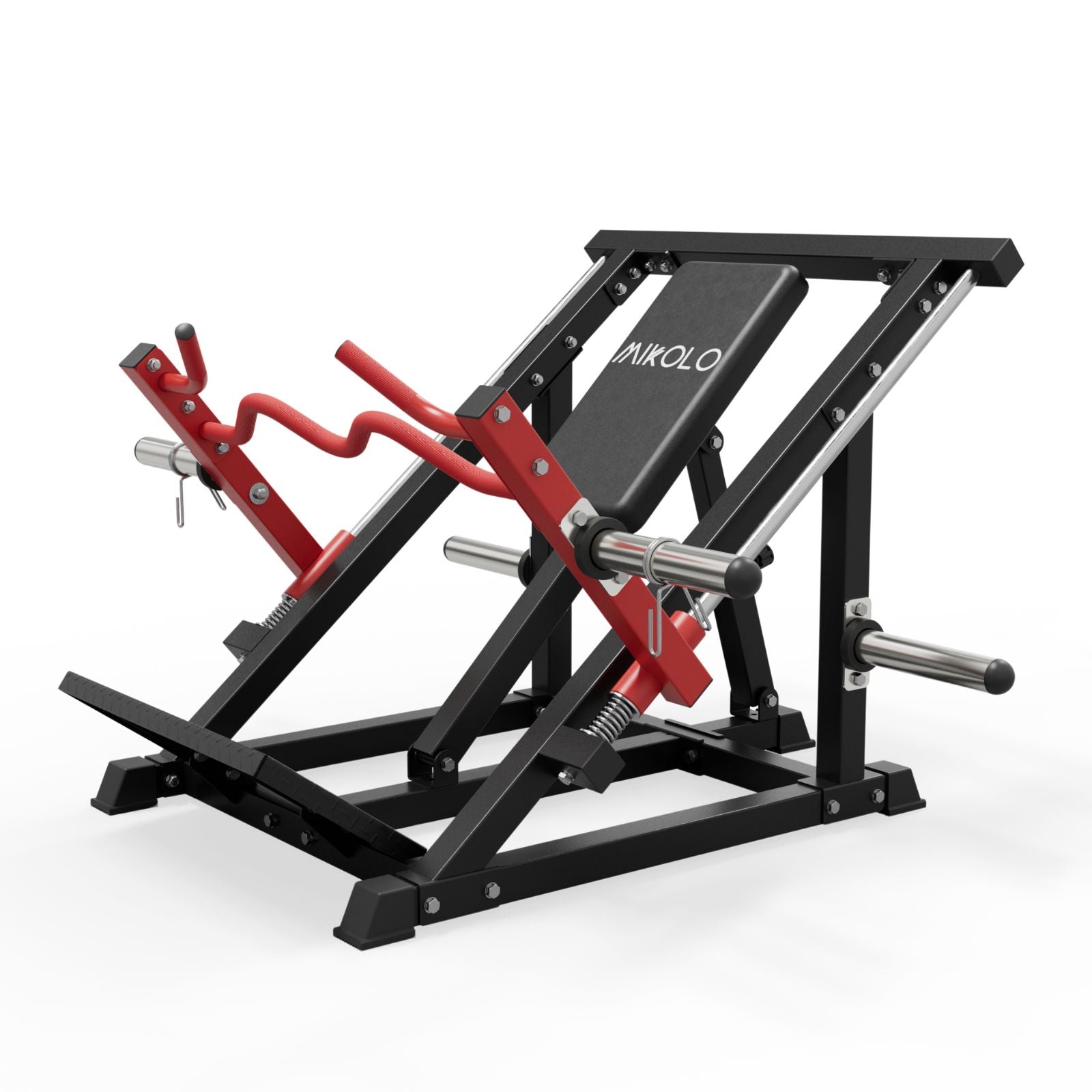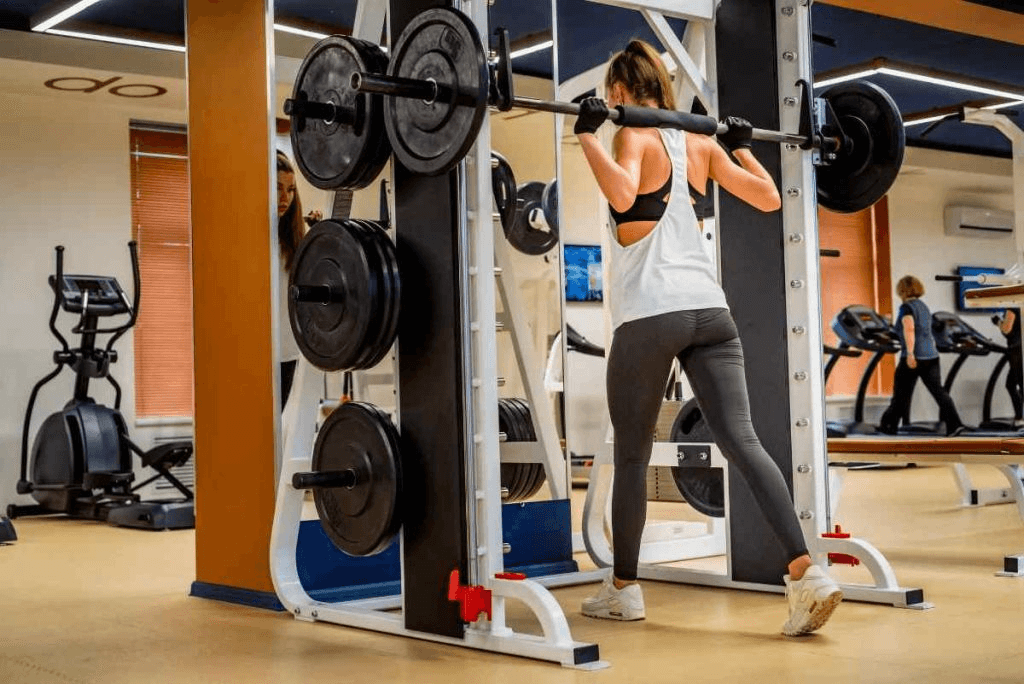When it comes to building a strong, sculpted chest, few exercises can match the effectiveness and versatility of the dumbbell chest press. This movement targets the pectorals, shoulders, and triceps, making it a staple in any workout routine. However, to truly maximize its benefits, it’s important to understand the various bench press positions, different dumbbell grip options, and how slight changes in form can lead to better results.
Understanding the Different Bench Press Positions
The bench press, whether done with a barbell or dumbbells, comes in several variations, each offering distinct benefits. The most common bench press positions include:
-
Flat Bench Press: This is the classic position where your body is flat on the bench, and you press the weights straight up from chest level. It’s great for targeting the overall chest, particularly the mid-portion.
-
Incline Bench Press: By setting the bench at a slight incline (typically 30 to 45 degrees), you shift the focus towards the upper chest and shoulders. This is essential for building a well-rounded chest, as it helps avoid imbalances.
-
Decline Bench Press: With the bench set at a slight decline, this variation emphasizes the lower part of the chest. While less common, it’s an effective addition to a chest workout routine for balanced development.
These positions not only target different areas of the chest but also involve varying levels of shoulder and tricep engagement.
The Best Grip for Dumbbell Chest Presses
The way you grip the dumbbells during a chest press can make a significant difference in muscle activation and the safety of the exercise. Here are the main grip variations to consider:
-
Neutral Grip: This involves holding the dumbbells with your palms facing each other, which minimizes stress on the shoulders. It's often the most comfortable and safest grip, particularly for those with shoulder issues.
-
Pronated Grip (Overhand Grip): This grip, where your palms face away from you, is typically used in a flat or incline dumbbell chest press. It’s great for engaging the chest and triceps more fully but can place more strain on the shoulder joints.
-
Supinated Grip (Underhand Grip): Holding the dumbbells with palms facing toward you can target the inner chest more effectively. This grip variation is often used to isolate the lower part of the chest and help enhance its fullness.
Dumbbell Chest Press Variations for Every Goal
There are countless variations of the dumbbell chest press that you can incorporate into your workouts to keep your routine fresh and challenging. These variations also target different parts of your chest, which is key for muscle growth. Some of the top variations include:
-
Neutral Grip Dumbbell Chest Press: As mentioned, this variation places less strain on the shoulders and elbows. It’s perfect for beginners or those recovering from shoulder injuries.
-
Incline Dumbbell Chest Press: An excellent variation for targeting the upper chest. The steeper the incline, the more it shifts the focus toward the shoulders and upper pecs.
-
Decline Dumbbell Chest Press: This targets the lower chest and can provide a more well-rounded development. It’s ideal if you're looking to balance out your chest muscle development.
Each of these variations can be adjusted based on your personal goals. For example, if you're aiming for hypertrophy (muscle growth), increasing the weight and focusing on a controlled, slow tempo can maximize time under tension.
How to Put Dumbbells Together for a Safe and Effective Lift
If you’re working out alone and need a way to get the dumbbells into position for your press, there are a couple of methods to make this process smoother:
-
The “Knee Roll” Technique: When starting a dumbbell chest press from the floor or bench, sit on the edge of the bench and rest the dumbbells on your knees. Then, lie back, bringing the dumbbells into position above your chest. This method prevents any strain on your shoulders.
-
Partner Assistance: If you have a workout partner, have them hand you the dumbbells while you lie back. This ensures a safe and controlled start to the lift.
These techniques help prevent injuries while ensuring you can execute the exercise properly.
Personal Experience: The Impact of Proper Grip and Technique
Over the years, I’ve found that adjusting the grip and bench position has had a major impact on my chest development. Early on, I stuck mainly to the flat bench press with a pronated grip, but I wasn’t seeing the chest growth I expected. When I started mixing in incline and decline variations, as well as experimenting with different grips, I noticed better muscle engagement and growth, especially in the upper and lower portions of my chest.
The neutral grip dumbbell press became a game changer for me. Not only did it take pressure off my shoulders, but I also found that I could push more weight without compromising form. It’s these small tweaks that can make a big difference in the long run.
Conclusion
The dumbbell chest press is a versatile and effective exercise that can be adapted to meet your fitness goals. By varying your grip, adjusting your bench position, and incorporating different types of dumbbell chest press exercises, you can target every part of your chest for more balanced and effective muscle development. Whether you are a beginner or an experienced lifter, these variations will add variety to your routine and help you make the most of your workouts.









































Leave a comment
This site is protected by hCaptcha and the hCaptcha Privacy Policy and Terms of Service apply.